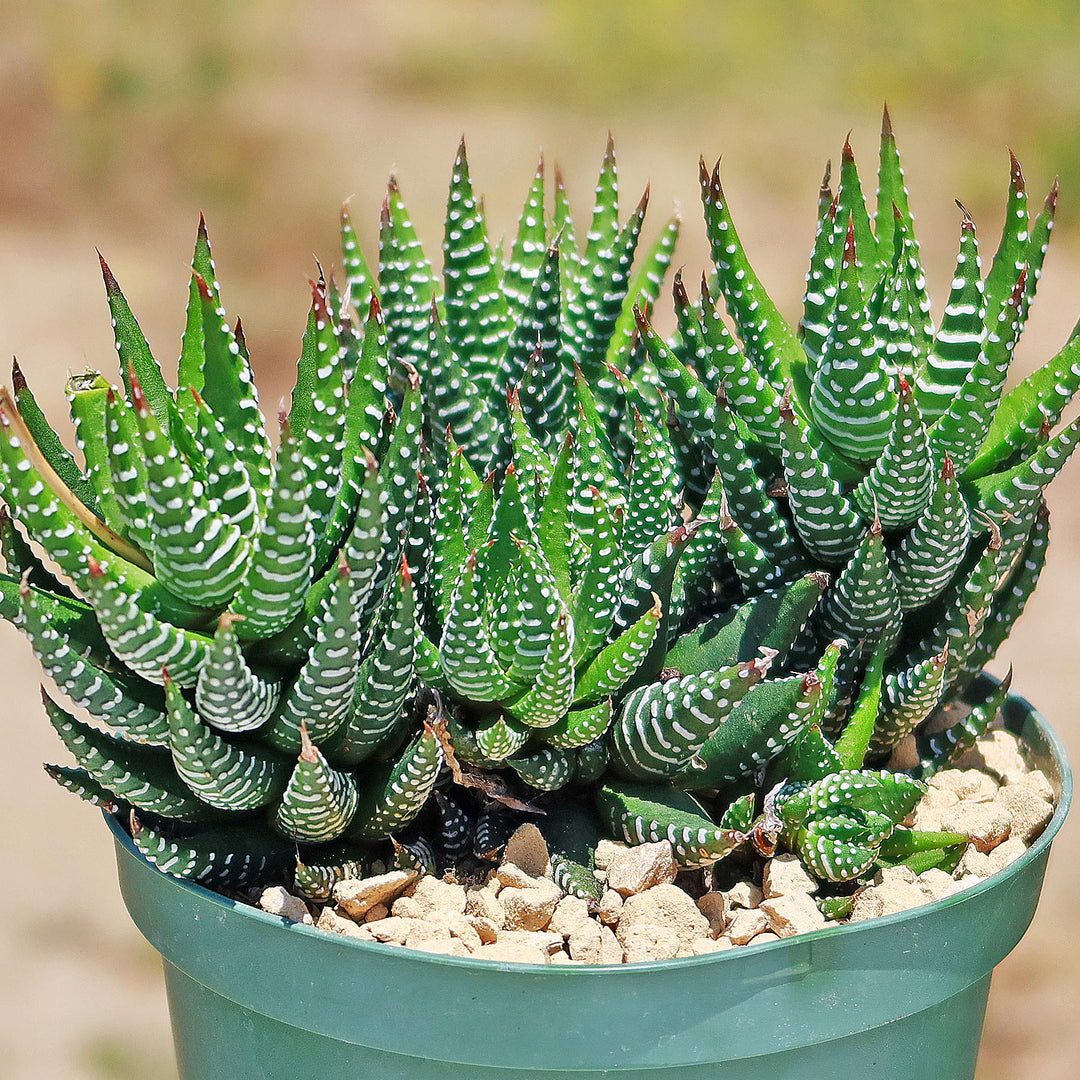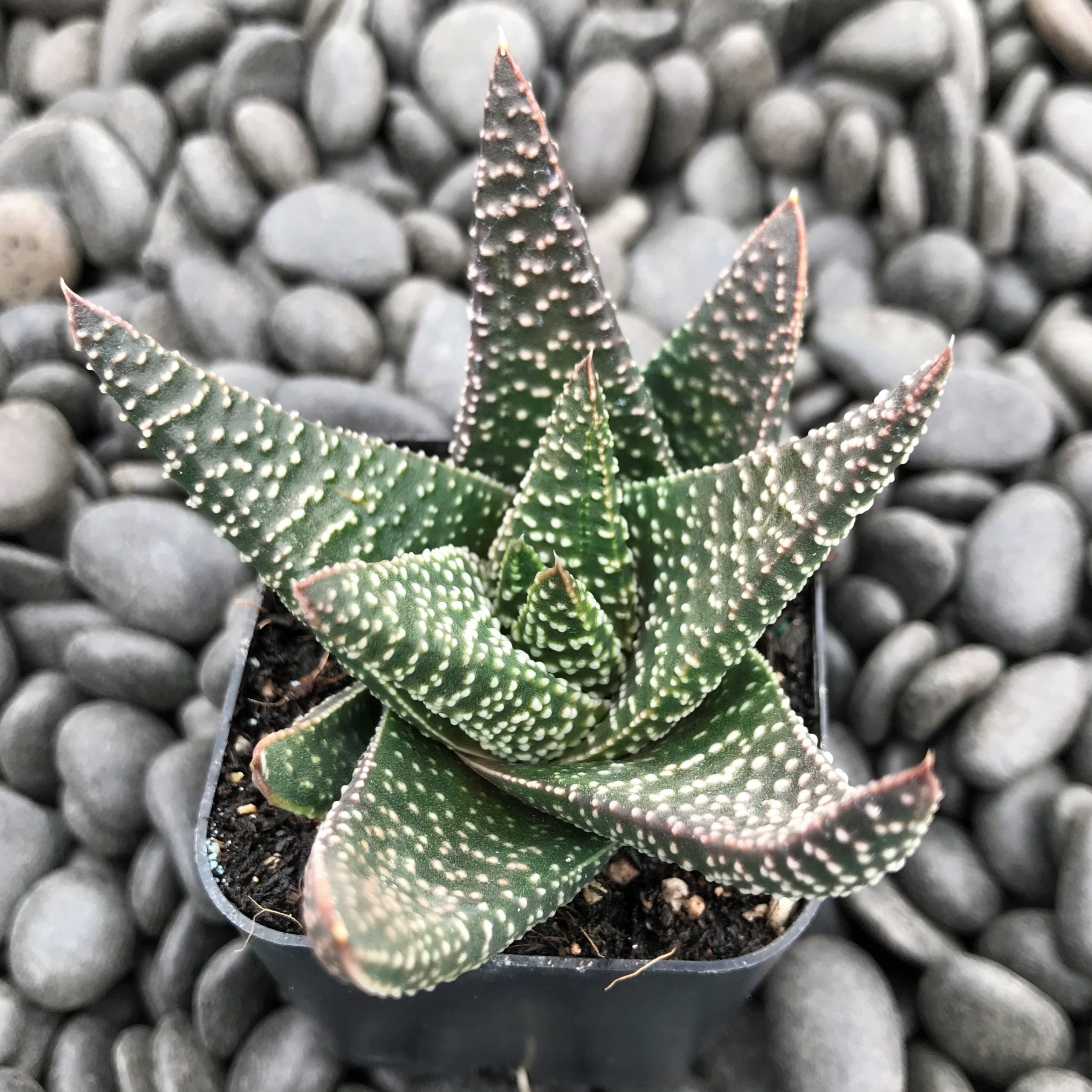Haworthia, a captivating genus of succulent plants hailing from Southern Africa, has captured the hearts of plant enthusiasts worldwide. Their unique appearance, low-maintenance nature, and fascinating adaptations make them a popular choice for both seasoned collectors and novice gardeners.
Origin and Diversity
Haworthias are members of the Asphodelaceae family, closely related to aloes and gasterias. They are native to the arid regions of South Africa, Namibia, and Lesotho, where they have evolved to thrive in harsh conditions.

The genus boasts a remarkable diversity, with hundreds of species and countless cultivars. This diversity is reflected in their varied shapes, sizes, and textures. Some species, such as Haworthia cymbiformis, possess translucent “windows” in their leaves that allow sunlight to reach their inner tissues. Others, like Haworthia truncata, have distinctive truncated leaves that resemble tiny, stacked coins.
Cultivation and Care
Haworthias are relatively easy to care for, making them ideal for beginners. Here are some essential tips for cultivating these succulent gems:
Light Requirements
Haworthias thrive in bright, indirect light. While they can tolerate some direct sunlight, prolonged exposure can scorch their leaves. A south-facing window with sheer curtains or a north-facing window can provide the ideal lighting conditions.
Watering
One of the most common mistakes in caring for Haworthia is overwatering. These succulents are adapted to dry conditions and can tolerate periods of drought. It is best to allow the soil to dry out completely between waterings. During the winter months, reduce watering frequency to once a month or even less.
Soil and Potting

Haworthias prefer well-draining soil to prevent root rot. A cactus and succulent mix is ideal, but you can also create your own by combining potting soil with perlite or coarse sand. Ensure the pot has drainage holes to allow excess water to escape.
Temperature and Humidity
Haworthias prefer warm temperatures, ideally between 65°F and 85°F (18°C and 30°C). They can tolerate slightly cooler temperatures, but prolonged exposure to cold can damage the plant. Average home humidity is sufficient for Haworthia, and they do not require high humidity levels.
Propagation
Haworthias can be propagated through various methods, including:
Offset Division
Gently remove offsets from the parent plant, ensuring each offset has its own roots.
Leaf Cuttings
:max_bytes(150000):strip_icc()/grow-haworthia-succulents-1902980-02-1c659e1107054864a4fcb3d85369cccf.jpg)
Carefully remove a healthy leaf from the parent plant, ensuring it has a clean cut at the base.
Seed Propagation
Sow Haworthia seeds in a well-draining seed-starting mix.
Common Pests and Diseases
Haworthias are relatively pest-resistant, but they can be susceptible to mealybugs and scale insects. These pests can be removed with a cotton swab dipped in rubbing alcohol. Overwatering can lead to root rot, so it is essential to avoid excessive moisture.
Unique Adaptations and Varieties
One of the most fascinating aspects of Haworthia is their unique adaptations to their arid environment. Some species have developed translucent windows in their leaves to allow sunlight to reach their inner tissues. Others have evolved thick, fleshy leaves to store water.
Popular Haworthia Varieties

Haworthia cymbiformis: Known for its boat-shaped leaves with translucent windows.
Haworthia in Interior Design
Haworthia’s unique appearance and low-maintenance nature make them ideal for modern interior design. They can be displayed in various ways:
Succulent Gardens: Create stunning miniature landscapes by combining different Haworthia species with other succulents.

Haworthia plants offer a world of beauty and diversity, making them a delightful addition to any home or garden. With their low-maintenance requirements and unique adaptations, they are a perfect choice for both seasoned plant enthusiasts and beginners. By following the simple care tips outlined in this article, you can enjoy the beauty of Haworthia for years to come.
Haworthia Plant
